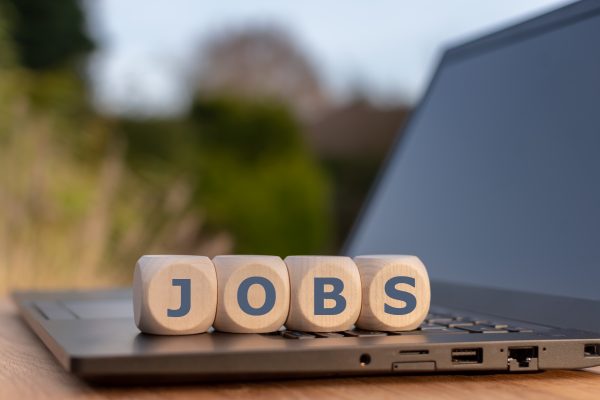Intesa Sanpaolo Makes First Bitcoin Purchase
By Finvena 5 mins read Jan 14 2025 United Kingdom, London
Italy’s largest bank, Intesa Sanpaolo, has entered the cryptocurrency market with its first bitcoin purchase, acquiring €1 million worth of the digital asset—equivalent to 11 bitcoins. The move, revealed through an internal memo and reported by Reuters, marks a cautious step into the crypto space.
CEO Carlo Messina downplayed the purchase’s significance, describing it as a "test" and emphasizing that the bank has no intention of becoming a major player in cryptocurrency. "As a wealth management company aspiring to rival UBS, we cater to sophisticated clients who may request such investments, and we must be prepared to meet their needs," Messina stated.
Michele Mandelli, managing partner at crypto fintech CheckSig, noted that this step was inevitable. He explained that Intesa Sanpaolo’s proprietary crypto trading desk, active for two years, had previously limited its operations to traditional instruments like exchange-traded products (ETPs). This direct investment in physical bitcoin, Mandelli said, "breaks a barrier," signaling a significant shift enabled by the new MICA regulation, which provides banks with a structured framework for engaging in the cryptocurrency market.
The timing coincides with bitcoin’s recent surge, nearing a record $100,000, fueled partly by Donald Trump’s U.S. presidential election victory. Despite the market’s growth, Messina cautioned against casual investments in cryptocurrency, advising non-professional investors: "Don’t do it."
This move by Intesa Sanpaolo reflects a growing interest among traditional financial institutions in exploring crypto assets while maintaining a careful approach, balancing client demand with operational caution.

FinTech Futures Jobs: With return-to-office mandates on the rise, is it flexibility that fintech workers want?
The COVID-19 pandemic ushered in a remote work revolution, offering office-based employees benefits like reduced commutes, lower stress, and greater flexibility for personal and family commitments. Many workers thrived in this new environment, saving time and money while achieving better work-life balance. However, the landscape is shifting as companies increasingly demand a return to the office. ...

